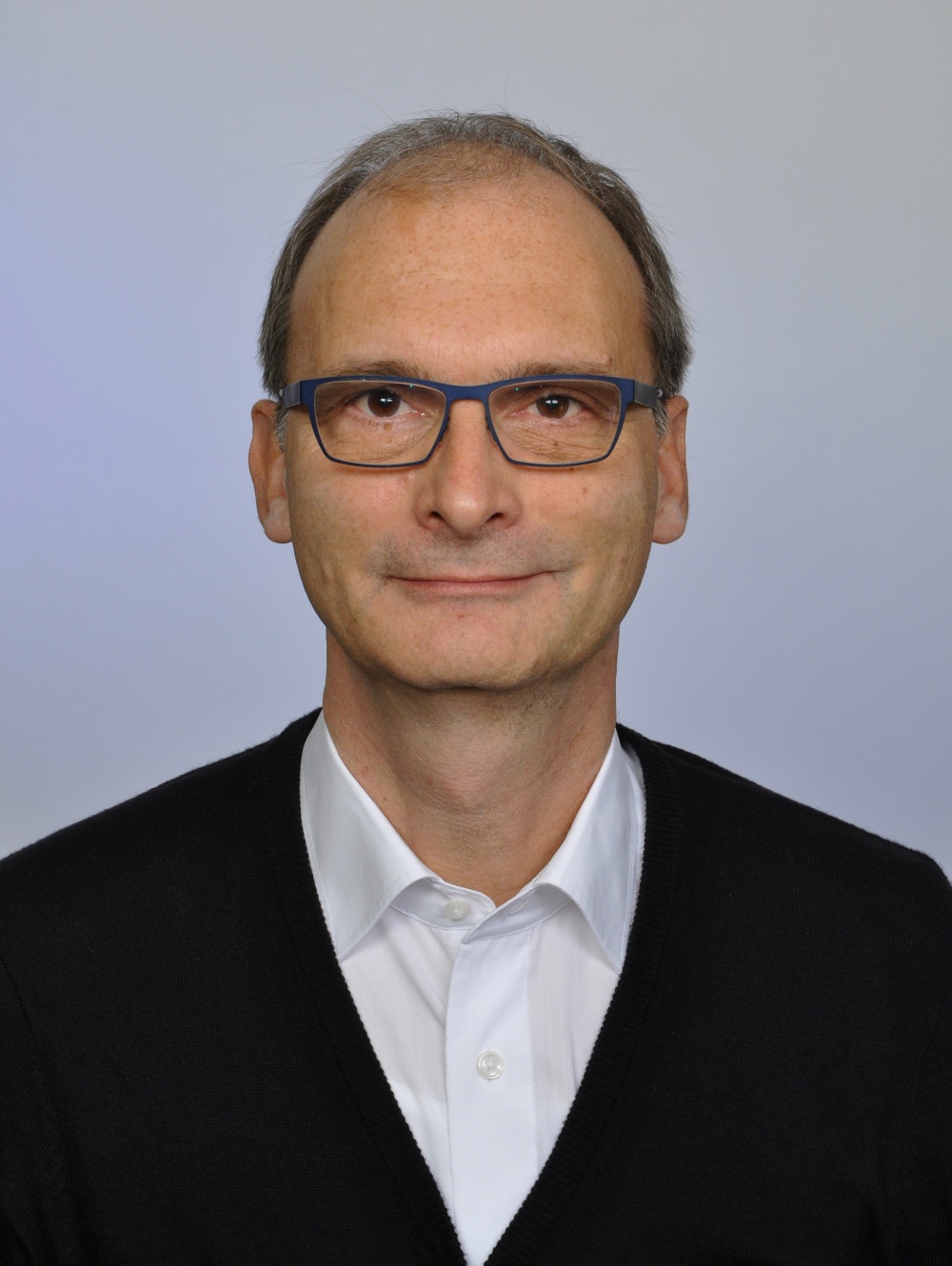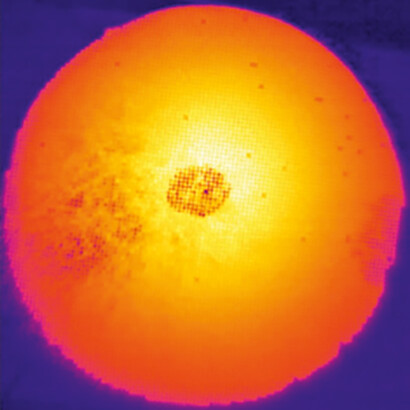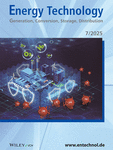Journal list menu
Export Citations
Download PDFs
Table of Contents
Importance of Time-Dependent Wetting Behavior of Gas-Diffusion Electrodes for Reactivity Determination
- First Published: 01 March 2021
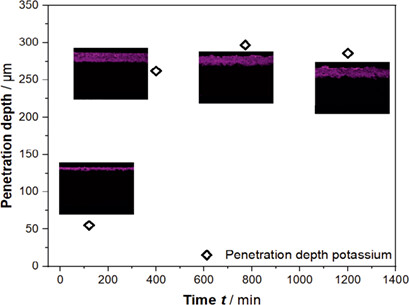
Electrochemical conversion of CO2 off-gas from industrial plants via gas-diffusion electrodes (GDEs) to small organic molecules can help to utilize CO2 as feedstock. The wetting behavior of the employed GDEs with electrolyte is a crucial parameter for experimental evaluation, which is emphasized via electrochemical and physical post-mortem analysis.
Direct Proof of Volatile and Adsorbed Hydrocarbons on Solid Catalysts by Complementary NMR Methods
- First Published: 17 February 2021
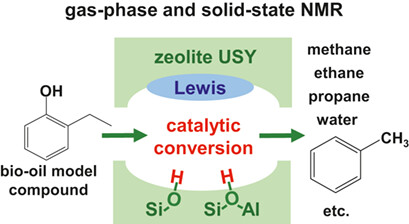
The conversion of pure 2-ethylphenol on USY zeolite was investigated by gas-phase and solid-state NMR, and formation of light alkanes and deoxygenation of this reactant was found. For this purpose, a method based on sealing of the reactant-loaded catalyst in a glass tube with an empty volume for collecting the volatile products was developed.
Utilizing Formate as an Energy Carrier by Coupling CO2 Electrolysis with Fuel Cell Devices
- First Published: 07 May 2019
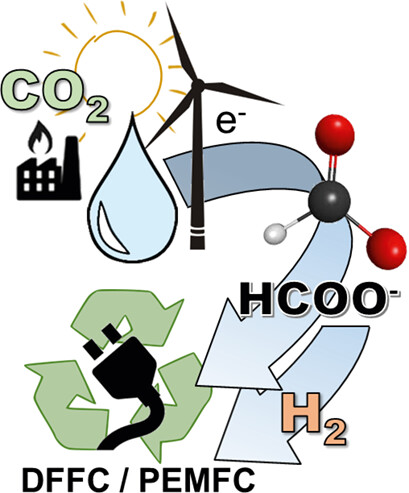
Electrolyzing CO2 with renewable energy to formate is a promising process to utilize CO2 as feedstock. While the lack of market volume and applications for formate reduces the economic attractiveness of this process, its use as an energy carrier by re-electrification via fuel cells adds economic value to the formate solution obtained from CO2 electrolysis.
Beitrag der chemischen Reaktionstechnik zur Energiewende
- First Published: 17 April 2019
Chemische Reaktionstechnik in Zeiten der Energiewende
- First Published: 24 April 2018
Selective Oxidation of Methane with Hydrogen Peroxide Towards Formic Acid in a Micro Fixed-Bed Reactor
- First Published: 14 September 2017
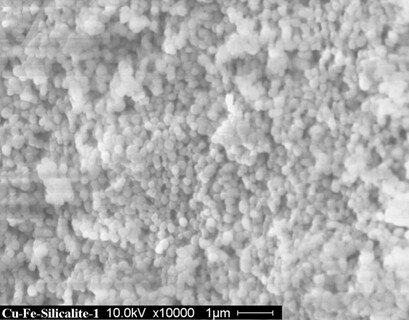
Methane as the main component of natural gas receives more and more attention. The production of formic acid by the selective oxidation of methane is presented. Colloidal nanosized Cu-Fe-silicalite-1 as catalyst was prepared and a micro reactor was used to intensify mass transport. High values of turnover frequencies and volume productivity were obtained.
Reaktionstechnik und Mischvorgänge: Zwei untrennbare Fachgebiete
- First Published: 27 March 2017
Three-Phase Heterogeneously Catalyzed Oxidative Esterification – Relevance of Oxygen Mass Transport
- First Published: 06 October 2016

The field of applicable reactor setups for oxidative esterification, which is a green and mild alternative to classic routes, is extended to a fixed-bed recycle reactor with oxygen presaturation in the recycle. To investigate this three-phase reaction, a proper approach is the technical separation of gas-to-liquid mass transfers by introducing a gas absorption column in the liquid recycle flow.
Transferring Electrochemical CO2 Reduction from Semi-Batch into Continuous Operation Mode Using Gas Diffusion Electrodes
- First Published: 21 July 2016

The transfer of electrochemical CO2 reduction into continuous mode of operation at industrially relevant current density is described. Technical realization is approached in terms of high reaction rates, continuous operation, and energetic efficiency using gas diffusion electrodes loaded with electrocatalyst nanoparticles, a microstructured flow cell, and electrolyte optimization.
Entwicklung und Einsatz von Gasdiffusionselektroden zur elektrochemischen Reduktion von CO2
Development and Utilization of Gas Diffusion Electrodes for the Electrochemical Reduction of CO2
- First Published: 13 March 2015

Die elektrochemische Reduktion von CO2 zu Ameisensäure ist eine vielversprechende Möglichkeit für dessen stoffliche Nutzung und die Speicherung von Strom. Ein Trockenpressverfahren zur einfachen und reproduzierbaren Herstellung von Gasdiffusionselektroden wird vorgestellt und deren Eignung für die CO2-Reduktion in Semi-Batch-Versuchen demonstriert.
Technische Chemie – ein unverzichtbarer Brückenkopf
- First Published: 22 October 2014
Reaktionstechnik – von den Grundlagen zu industriellen Anwendungen
- First Published: 24 March 2014
Effect of Phosphate Modification on the Brønsted Acidity and Methanol-to-Olefin Conversion Activity of Zeolite ZSM-5
- First Published: 23 August 2013

ZSM-5 zeolites modified by impregnation with ammonium dihydrogenphosphate and subsequent calcination were applied in the methanol-to-olefin conversion. The improved performance of these catalysts towards C2 – C4 formation has been explained by a decrease of the acid site density and a deposition of polyphosphates near crossing intersections of the pore system affecting the shape selectivity.
Reaction Engineering Investigations of the Partial Oxidation of o-Xylene in the Explosion Regime – Microfixed Bed versus Catalyst Coating
- First Published: 18 February 2013

The partial oxidation of o-xylene was investigated in the explosion regime to compare the performance of microfixed bed and catalyst coating. Up to 7 vol %, the performance of both catalyst systems was comparable. Above 7 vol % o-xylene, the selectivity to phthalic anhydride decreased much stronger for the microfixed bed due to total oxidation.




